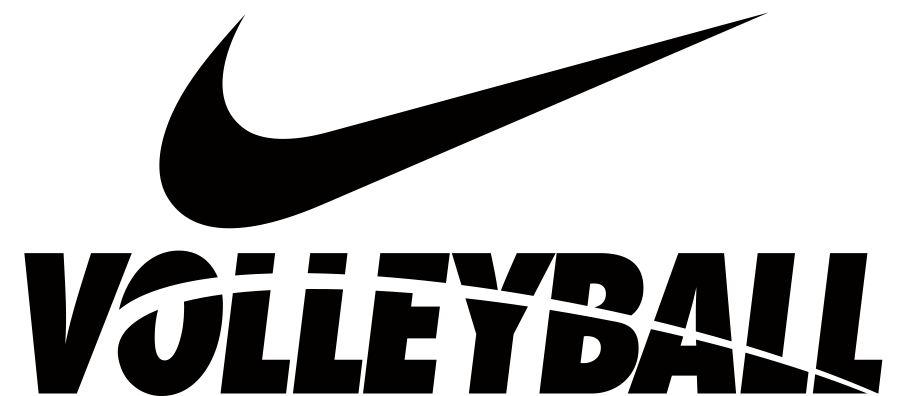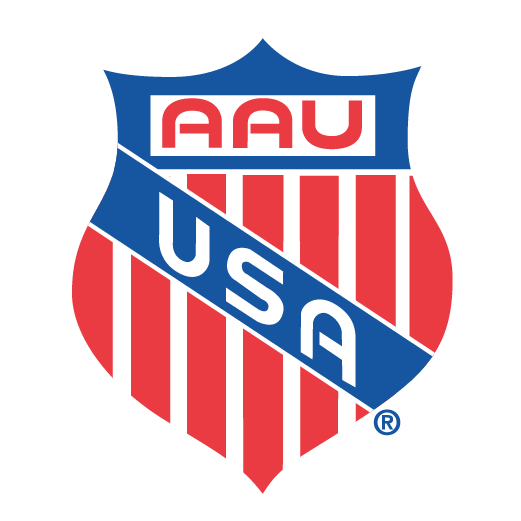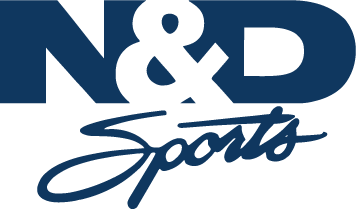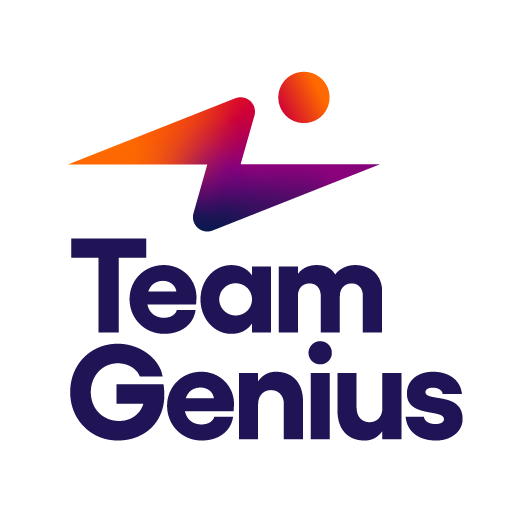12U Curriculum
Overview
This is the Foundation Phase, also nicknamed the “Romance State” when players truly develop their love for the sport of volleyball. The overall goals for this age are to develop individual skills, understand basic team tactics, and grow the passion for modeling the game.
The impact of a role model is very important at this stage of development. Hero worship, identification with successful teams/players and a hunger for imaginative skills typify the mentality of this age. This is a time of transition from self-centered to self-critical. Players of this age have a high arousal level in relation to the training of basic skills. This is the “golden age of learning” and the most important age for development of skill and love of the game. Demonstration is very important and the players learn best by “doing.” This is also an important time to introduce and teach principles of team play and teamwork. It is critical to establish discipline from the beginning.
Navigation
Coach Description, Requirements and Role
An ideal 12U Coach is a teacher and enthusiast who possesses volleyball skills and knowledge of key factors of basic team development/management. A 12U Coach should have the ability to demonstrate or utilize someone who can (Assistant Coach, create modeling with older players). A 12U Coach needs to give a lot of encouragement.
A 12U Coach has the important role of establishing a strong, solid training culture among the athletes and team. Teaching correct skill development and proper technique is essential. The coach must also emphasize that there will be no more parents coaching from the sidelines, or feedback during practice or games, unless the athlete is hurt or there is an emergency. In addition, the athletes need to be encouraged to communicate directly with their coach in regards to their playing time and skill development. The coach should be transparent when possible.
At this age it is important to find the right times for the athletes to learn to work through tough situations during a game, even if it means dropping a set or losing some points. The athletes need to have the opportunity to fail and grow from it.
Skill Development
Team Systems Development
While the focus of this age group should be on maintaining balance and learning correct technique, simple defensive tactics need to occur. The tactics need to be implemented and trained, but more importantly…explained. The more cerebral athletes become at an earlier age the better the chance for Volley Savvy athletes in the older age groups. Players should play a variety of positions with emphasis placed on player development first—team development second!
- Positions: Even though at this age players will play a variety of positions, they should have a basic understanding of the roles and responsibilities of the setter, the left side hitter, middle hitter, and the libero.
- Players should understand who they are opposite from in the line-up to help them with rotations.
- Players should know the rules of the libero position (how they rotate, setting in front of the ten foot line, who they can serve for)
- Court awareness: Knowing when a ball is out of bounds. Transitioning off the court to hit, setters getting to the net first. Defense according to opponent hitting angles and set.
- Importance of communication with teammates, MINE, OUT, IN, etc. Learn it early.
- Players should understand 3 across serve-receive formation
- Offensive Systems: 4-2, 6-2 and 5-1 offense, out of system vs. in system offense, free ball offense according to setter location
Mental Development
The number one priority should be to develop pure joy for the game, and an eagerness to learn. There is so much to learn at this age, and therefore it is so important to focus on one or two concepts at a time so players do not become overwhelmed or discouraged. Effort, focus and energy should be stressed above outcome or errors. This is the age to establish a player’s confidence and no fear of making mistakes.
Teaching athletes the importance of “how you practice is how you play” mentality should be established during this age, and the mindset of improving with every training session.
A player must learn to not be afraid of the ball or the floor. A player should be able to dig a hard driven down ball attack and confidently receive a topspin serve without fear or concern for their well being. Consequently, the athlete should be able/comfortable going to the floor in relentless pursuit of the ball.
Teach the importance of respecting the opponent and having good sportsmanship, while also developing the hunger to compete and win.
Strength and Agility Development
It is recommended to do all fitness with the ball, and in fun engaging activities.
- Flexibility
- Agility
- Quickness
- Leg strength
- Speed
- Balance
- Plyometrics
At the 12U level athletes should start to develop an idea for how to win games (serving certain people, hitting open spots on the court, going after someone who is struggling). They can begin to understand the preparation that can be done before a match, and gain independence, as well as leadership skills by doing the little things consistently. Athletes can begin to visualize the things they do well before a match to get their mind focused, and understand that it is the work put in when no one is watching that separates the GOOD athletes from the GREAT athletes.



















